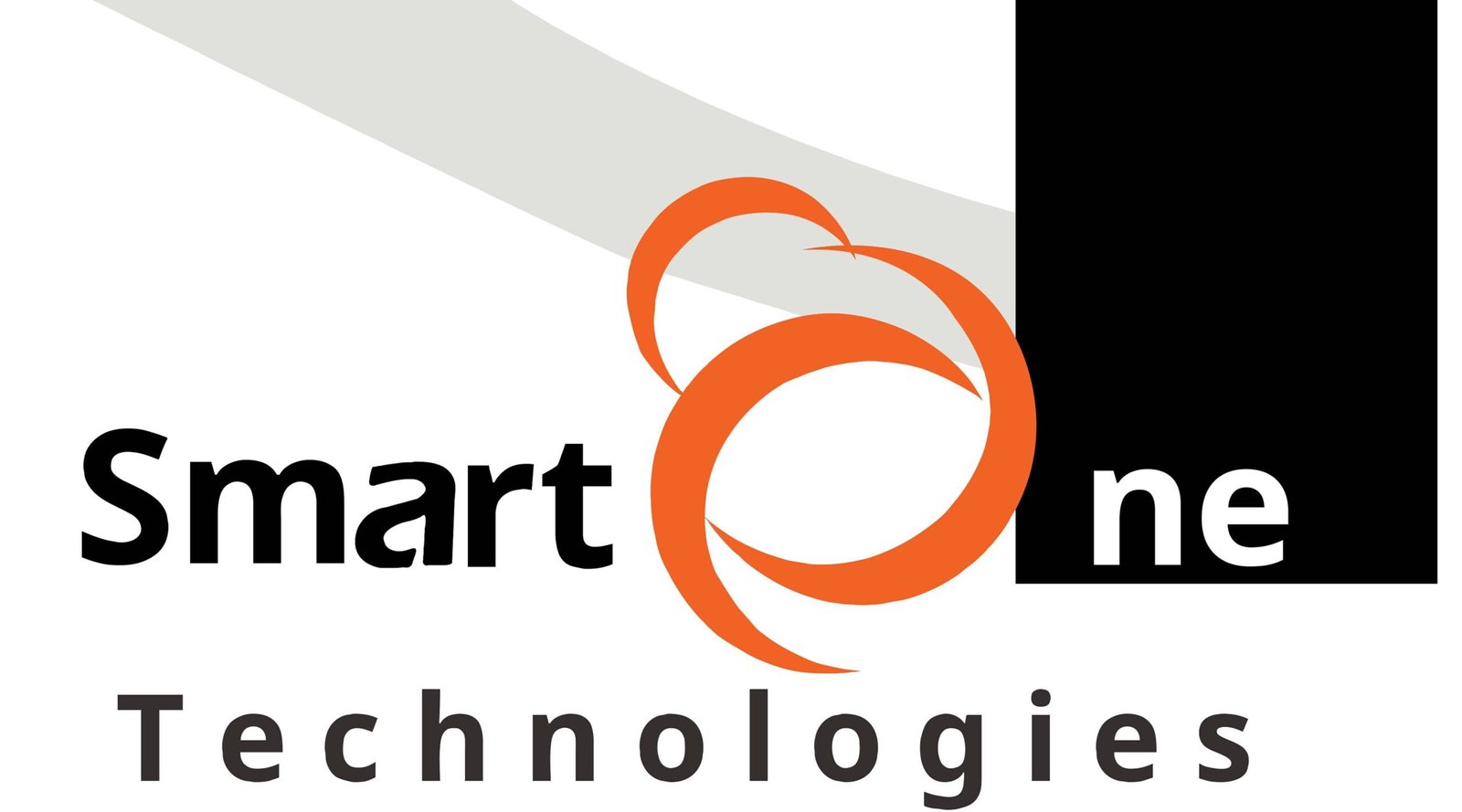Introduction
The world is going through significant changes in its method of energy consumption and production. With concerns over the effects of climate change and the increasing depletion of fossil fuels, the need to switch to renewable energy sources is becoming increasingly important. In the plethora of alternatives to renewable energy sources, solar energy is regarded as a viable and long-lasting option. What makes solar power crucial, and how do solar panels lead the way towards a more sustainable future?
Understanding Solar Energy
What is Solar Energy?
Solar energy is power derived from the sun’s light. The energy it generates can be transformed into heat or electricity, making it an incredibly versatile and plentiful renewable energy source. Contrary to fossil fuels, solar energy is unstoppable and produces minimal environmental impacts.
How Solar Panels Work
Solar panels, also referred to by the name photovoltaic (PV) panels, transform light directly into electric power. They consist of numerous solar cells made of semiconductors like silicon. When sunlight hits the cells, it stimulates the electrons, generating an electrical current. This is called the photovoltaic effect, which is the basis of solar power generation.
The Evolution of Solar Panels
Early Developments
Harnessing solar energy isn’t a new idea. The first photovoltaic device was invented in 1954 at Bell Laboratories. However, early solar panels were not efficient and expensive, restricting their application to niche areas such as providing power to satellites.
Modern Advancements in Technology
The technology for solar panels today has significantly improved. Efficiency rates have increased, costs have been reduced, and new designs and materials have been developed, which makes solar panels much more affordable and efficient for use in a wide range of applications.
Types of Solar Panels
Monocrystalline
Solar monocrystalline panels are constructed of single-crystal silicon. They are renowned for their superior effectiveness and long-lasting. They are sleek in appearance and work better in dim conditions than other kinds.
Polycrystalline
Polycrystalline panels are composed of melted silicon crystals. They’re not as efficient as monocrystalline panels, but they are less expensive. They are manufactured in a simpler manner and are more efficient, which makes them a preferred choice for homes with residential projects.
Thin-film
Thin-film solar panels are made by laying photovoltaic material onto the substrate. They’re lightweight, pliable, and less costly to make. Though they’re less efficient, their flexibility makes them ideal for many different uses, such as incorporation into construction materials.
Benefits of Solar Energy
Environmental Impact
Solar energy is a green, renewable resource that drastically decreases greenhouse gas emissions. By replacing fossil fuels with solar energy, we will slow climate change and cut down on air emissions.
Economic Advantages
Making the switch to solar power can result in significant savings on your electricity bill. With time, the initial expenditure on solar panels can be paid back, and homeowners may earn income from government subsidies and by selling surplus electricity back to grid power.
Energy Independence
Solar energy can be a route towards energy independence. By generating their own power, people and communities can lessen their dependence on external sources of power, thus boosting resilience and energy security.
Challenges in Solar Energy Adoption
Initial Costs
Many people are hesitant to invest in solar panels because of the initial cost. While prices have dropped drastically over the past few years, the initial investment is important.
Space Requirements
Solar panels require adequate space to install, which could be an issue in urban areas with small rooftops. Ground-mounted solar panels require huge, wide-open spaces, and these aren’t always available.
Weather Dependency
Solar panels depend on the sun’s rays, which makes them ineffective when it’s raining or cloudy. However, advances in technology improve their performance even in dim light conditions.
Innovations in Solar Technology
Bifacial Panels
Bifacial solar panels absorb sunlight from both sides and increase their efficiency. These solar panels work best when placed in regions with reflective surfaces, like desert or snowy areas.
Solar Roof Tiles
Solar roof tiles blend seamlessly with roofing materials and provide an attractive alternative to traditional roofing panels. Tesla is one of the pioneers of this new technology, making solar energy more appealing to homeowners.
Perovskite Solar Cells
Perovskite solar cells are an innovative and exciting technology that delivers high efficiency for a much lower price. They’re lightweight and flexible and are manufactured using less laborious manufacturing techniques in comparison to conventional silicon cells.
Government Policies and Incentives
Tax Credits and Rebates
Many governments offer tax credits in the form of rebates, tax credits, or other financial incentives to promote the use of solar energy. This can dramatically cut the price of solar installation and boost the value of the investment.
Net Metering
Net metering permits homeowners to make money by selling excess electricity produced by their solar panels to the grid. This is not just a source of revenue; it also assists in balancing the grid during peak demand.
International Policies Supporting Solar Energy
Governments worldwide are adopting strategies that support the use of renewable energy sources, such as solar energy. Initiatives such as the Paris Agreement aim to reduce carbon emissions and encourage green energy globally.
The Role of Solar Energy in Combatting Climate Change
Reducing Carbon Footprint
Solar energy is crucial in fighting the effects of climate change. By reversing fossil fuel use, we can dramatically reduce our carbon footprint and slow the rate of global warming.
Sustainable Development Goals
Solar energy shares many elements with the United Nations’ Sustainable Development Goals (SDGs), which include low-cost and sustainable energy sources, climate change action, and resilient communities and cities.
Solar Energy in Developing Countries
Accessibility and Implementation
Solar energy is a viable solution for remote or underserved regions of developing nations. Off-grid solar systems offer reliable power to people who aren’t connected to the conventional electricity grid.
Case Studies
Countries such as India and Kenya have successfully implemented solar power projects. These projects provide energy to millions of individuals, improving their lives and encouraging economic development.
Future Trends in Solar Energy
Integration with Smart Grids
Smart grids are changing how we distribute electricity. Combining solar power with smart grids increases the effectiveness, reliability, and flexibility of power distribution.
Solar Energy Storage Solutions
Battery technology advancements have made it possible to save solar energy for use when the sun isn’t shining. This advancement is vital to ensuring a constant and stable electricity supply.
Innovations in Solar Panel Design
Researchers continue to explore different materials and design concepts that can increase the efficiency and endurance of solar panels. From transparent solar cells to solar panels that could be printed like newspapers, the next generation of solar technologies holds a wealth of intriguing possibilities.
Impact on Other Industries
Transportation
Solar-powered cars, from automobiles to aeroplanes, are now the norm. Solar technology is used in transportation to make travel more eco-friendly and energy-efficient.
Real Estate
Solar-powered homes that are energy efficient and have solar panels are becoming more popular. They not only lower energy costs but also boost their value and appeal to green-minded buyers.
Agriculture
Solar-powered irrigation systems, as well as other agricultural technologies, are helping farmers reduce their dependence on fossil fuels and increase the yield of their crops, resulting in better sustainable farming practices.
Consumer Adoption and Awareness
Public Perception
The public’s perception of solar power has changed positively in the past few years. As more people recognize its benefits, adoption rates have increased.
Educational Initiatives
Educational campaigns and programs are essential to raising awareness of solar power. Nonprofits, schools, and the government are all working together to educate the public about its benefits.
Economic Implications of Solar Energy
Job Creation
The solar sector is an essential source of employment, offering jobs in the fields of production, installation maintenance, research, and installation.
Market Growth
The solar industry is experiencing significant growth and has attracted investments from both the private and public sectors. This growth is driving the development of new technologies and bringing more efficient and affordable solar options.
Investment Opportunities
Solar energy investment can yield significant returns as the market grows. Investors are now increasingly looking at solar as a reliable and lucrative investment option in renewable energy.
Conclusion
The future of energy is sure to be bright, and solar panels are leading the way. While technology advances and prices decrease, solar power is likely to be able to play a more significant part in the global energy system. The adoption of solar energy not only aids in combating climate change but will also bring economic benefits and energy independence. The way forward is simple: investing in and embracing solar power, which is an essential move towards a sustainable and prospering future.
FAQs
How long will solar panel batteries last?
Solar panels usually last 25-30 years. When properly maintained, they will generate electricity for a long time.
Solar panels are helpful in the rainy season.
Solar panels can still produce electricity in the dark, but their effectiveness is diminished. Modern solar panels are built to function well in a variety of lighting conditions.
What maintenance is necessary to maintain solar panels?
Solar panels require little maintenance. A regular cleaning schedule to remove dirt and dust and regular checks to ensure the connections are safe are typically enough.
Do solar panels function during the late at night?
Solar panels cannot generate electricity in the evening. However, solutions for energy storage, such as batteries, could store extra electricity produced during the day for use at night.
What can I conserve when I switch to solar power?
The benefits of switching to solar power depend on various factors, such as your area, the amount of electricity used, and the overall dimensions of the solar panel array. Homeowners can save hundreds of dollars during the life of the solar panels they have installed.



One Comment on “The Future of Energy: How Solar Panels Are Leading the Way”
The Cost-Effectiveness of Solar Energy Solutions for Homes and Businesses says:
[…] Solar energy makes use of the power of the sun by using solar photovoltaic (PV) panels. The panels convert sunlight into electric power, providing renewable and green energy sources. […]